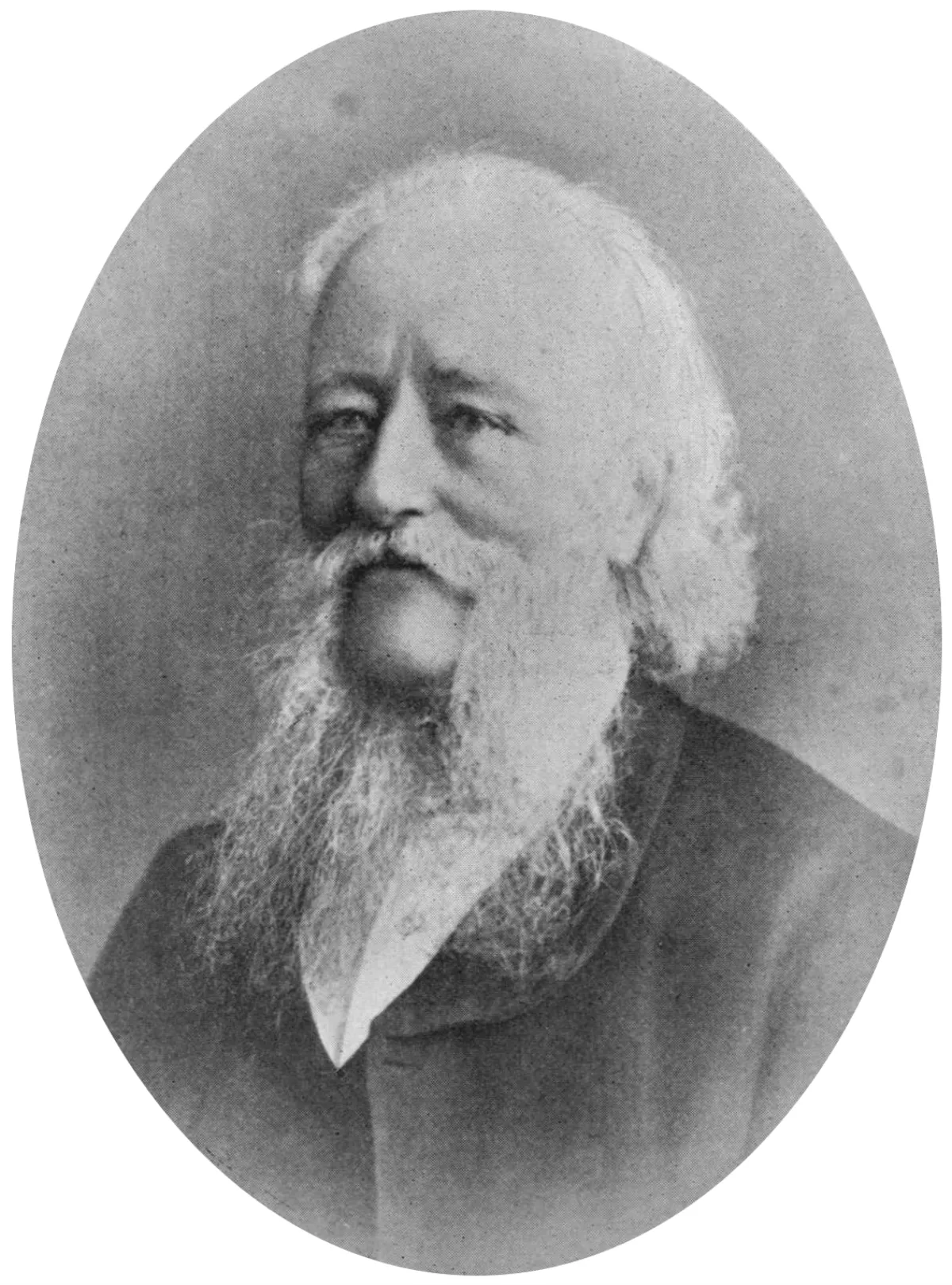 1.
1. William Colenso FRS was a Cornish Christian missionary to New Zealand, and a printer, botanist, explorer and politician.

 1.
1. William Colenso FRS was a Cornish Christian missionary to New Zealand, and a printer, botanist, explorer and politician.
William Colenso attended the signing of the Treaty of Waitangi and later wrote an account of the events at Waitangi.
William Colenso's surname is locative and it originates from the place name Colenso in the parish of St Hilary, near Penzance in west Cornwall.
William Colenso was responsible for the printing of the Maori language translation of the New Testament in 1837.
In July 1837, Colenso printed the first Maori Bible comprising three chapters of Genesis, the 20th chapter of Exodus, the first chapter of the Gospel of St John, 30 verses of the fifth chapter of the Gospel of St Matthew, the Lord's Prayer and some hymns.
On 5 February 1840, William Colenso recorded and interpreted Maori chiefs debating the Treaty of Waitangi in Waitangi.
William Colenso was ordained a Deacon on 22 September 1844 following his theological studies at St John's College, which was then located at Te Waimate mission.
William Colenso was an avid botanist; detailing and transmitting to Kew Gardens in England previously unrecorded New Zealand flora.
William Colenso assisted Joseph Dalton Hooker when he visited the Bay of Islands from 18 August to 23 November 1841.
William Colenso wrote several books, and contributed over a hundred papers to scientific journals.
William and Elizabeth Colenso worked at the Waitangi Mission from 1844.
William Colenso's travels took him through trackless forest, over the high Ruahine Range and across the Rangipo Desert and past the mountains of Ruapehu and Tongariro to the shores of Lake Taupo.
From 1845, William Colenso undertook lengthy journeys every spring and autumn.
William Colenso visited regularly the Wairapara and Hutt districts, where he was frequently at odds with the European lessees of sheep and cattle stations such as Kelly, McMaster, Grindell and Gillies.
William Colenso regularly counselled Maori against selling any land or helping build roads which he claimed would be disastrous for them.
William Colenso was especially vociferous about the farmers living with Maori women as their wives, without a Christian marriage.
William Colenso had strong views about drinking and horse racing which were a regular part of colonial life that Maori as well as settlers enjoyed.
William Colenso's standing in New Zealand colonial society and the Church Missionary Society, along with his fervent hope of ordination, was lost when it was discovered that he was the father of a son by Ripeka, the Maori maid of his wife, Elizabeth Colenso, in May 1850.
In November 1851, William Colenso was suspended as a deacon and dismissed from the mission in 1852.
Te Roore Neho claims to be descended from William Colenso and "a high-ranking Maori woman", Tihi Awarua of the Ngati Mahia hapu of Ngapuhi, through a son born in 1841, and that there are now more than 2000 descendants, Neho being short for Koreneho, the transliteration of William Colenso into Maori.
Diaries from the mid-period of William Colenso's life were destroyed in circumstances suggesting they told of other indiscretions.
William Colenso represented Napier as the Member of Parliament for the Napier electorate from the 1861 by-election to 1866, when he retired.
In 1871, William Colenso was the speaker at the Hawkes Bay Provincial Council when Ngati Kahungunu had been persuaded by farmers, the Russell Brothers, that they could get their land back in what came to be known as the Repudiation Movement.
William Colenso advised Maori not to take a legal path that would leave them deep in debt.
William Colenso died in Napier in 1899, leaving two sons and a daughter.
Many species have been named in honour of William Colenso including Acrothamnus colensoi.